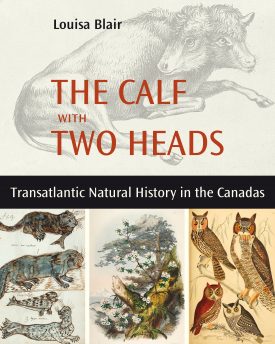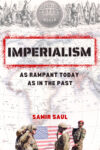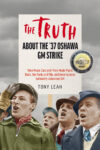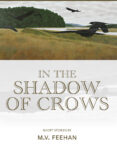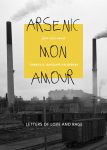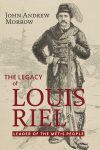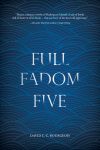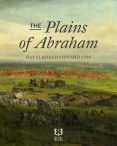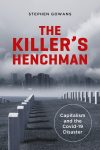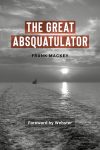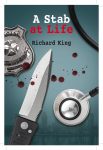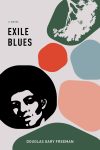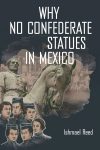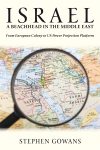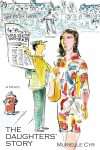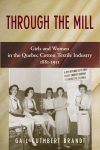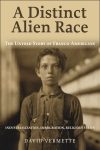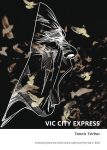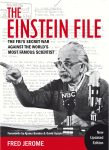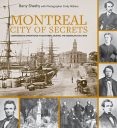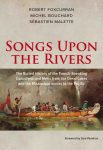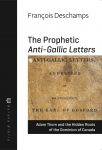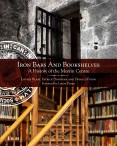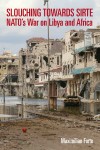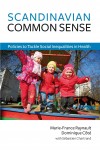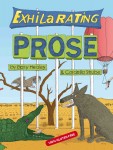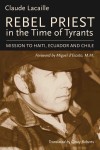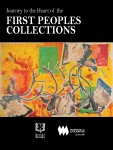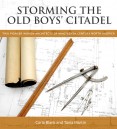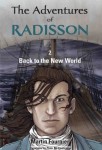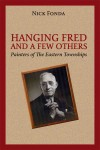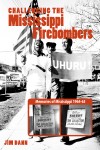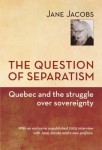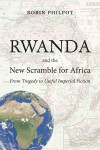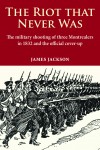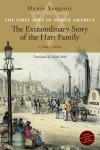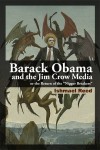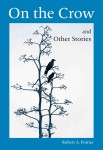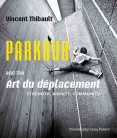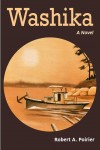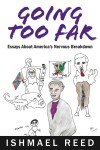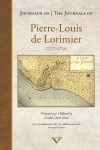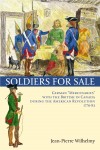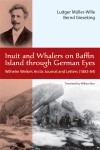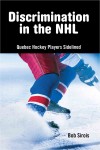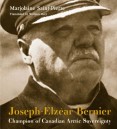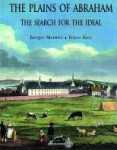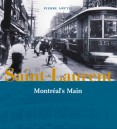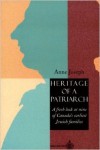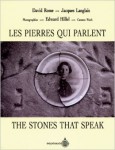Description
NOVEMBER 2023.
Muddy boots, cold hands, a pocket full of fossils, a mind full of existential questions.
These beautifully illustrated stories of natural history in nineteenth-century Canada are about the curious men and women who crossed the oceans from Europe to explore, map, draw, puzzle about, collect and exhibit nature in Canada. Informed by French, British and Indigenous naturalists, they tried to understand what they saw.
What did it all mean about the origins of the world?
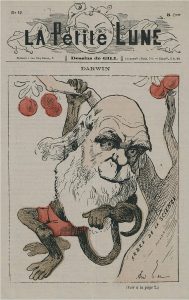
Caricature of Darwin as monkey in a Parisian satirical magazine, André Gill, 1878-9
Louisa Blair, an amateur naturalist in Quebec and a transatlantic species herself, tells tales on Darwin, Russell Wallace and James Cook, and lingers on the strange and colourful details of Canada’s stubborn resistance to evolutionism and its first natural history museums with their penchant for deformities.
These stories feature Indigenous mapmakers, botanical artists, bug-bitten rock fanatics, arctic explorers, and a trio of Quebec women who managed to get plants named after themselves.
Blair also salutes their successors, the citizen scientists who are now frantically mapping Canada’s biodiversity before it fades to bio-monotony.
What does it all mean for the end of the world?
Louisa Blair is writer, editor and translator who was born in Quebec City, raised in the UK, and returned to live in Quebec 25 years ago. Her books in English include The Anglos: The Hidden Face of Quebec City and Iron Bars and Bookshelves: A History of the Morrin Centre. She has also translated numerous books and exhibitions about history, culture and politics in Quebec. Her translation of Robert Lepage’s play 887 (House of Anansi Press, 2019) was nominated for a Governor General’s prize. Her exhibition on natural history in Quebec, entitled Blossoms, Beetles and Birds, is on display at the Literary and History Society of Quebec.
Praise, Reviews, Awards
FINALIST for the 2023 Foreword Indies Award, Nonfiction – Nature Category
LONGLISTED for the 2023 Science Writers and Communicators of Canada Award
“The Calf with Two Heads is a refreshing tonic, a cabinet of curiosities that puts our society, history, and relationship with the natural world into perspective. (…) A fascinating and nuanced portrait of nineteenth-century Canada emerges.” Alexander Hackett, The Montreal Review of Books
“Blair is a really delightful writer and has the skiIl of maintaining the reader’s interest for topics as diverse as Captain Cook’s sounding of the St. Lawrence River, the Franklin expedition to the Arctic, and Logan’s epic geological survey of Canada. . . .” Sandra Stock, Quebec Heritage News
“Wow! I’m impressed. Stop scrolling on your phones and have a look at this.” Tomson Highway, Cree playwright, author, musician
“These stories about the passion for nature are an antidote to climate despair.” Jean-François Gauvin, Professor of Museum Studies and Scientific Heritage, Université Laval
About Louisa Blair’s work
“A captivating book.” Caroline Montpetit, Le Devoir, on The Anglos, The Hidden Face of Quebec
“A loving and readable history” Brian Bethune, Macleans, on Iron Bars & Bookshelves
“So good, so rich in anecdote and warm humanity, that it’s hard to capture its flavour in a few lines.” Morris Wolfe, Globe & Mail, on Louisa Blair’s 3-part investigative piece on Indigenous land rights in the James Bay, Catholic New Times, 1992.
Visited 5893 times , 7 Visits today

